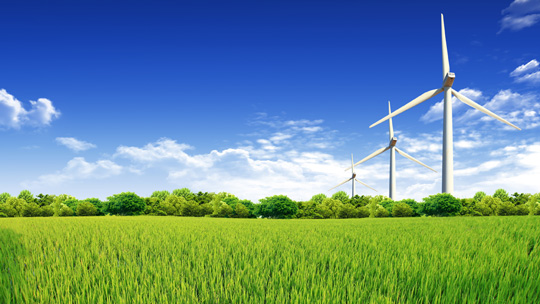

Sustainable Packaging
Sustainable Packaging
Polylactic acid (PLA), a plastic substitute made from fermented plant starch (usually corn) is quickly becoming a popular alternative to traditional petroleum-based plastics. As more and more countries and states follow the lead of China, Ireland, South Africa, Uganda and San Francisco in banning plastic grocery bags responsible for so much so-called “white pollution” around the world, PLA is poised to play a big role as a viable, biodegradable replacement.
The resin, known as polylactic acid (PLA), will be formed into containers and packaging for food and consumer goods. The trendy plastic has several things going for it. It’s made from a renewable resource, which means it has a big leg up - both politically and environmentally - on conventional plastic packaging, which uses an estimated 200,000 barrels of oil a day in the United States. Also, PLA is in principle compostable, meaning that it will break down under certain conditions into harmless natural compounds. That could take pressure off the nation’s mounting landfills, since plastics already take up 25 percent of dumps by volume. And corn-based plastics are starting to look cheap, now that oil prices are so high.
Proponents also tout the use of PLA - which is technically “carbon neutral” in that it comes from renewable, carbon-absorbing plants - as yet another way to reduce our emissions of greenhouse gases in a quickly warming world. PLA also will not emit toxic fumes when incinerated.
PLA Biodegrades Slowly Unless Subjected to Industrial Composting
But critics say that PLA is far from a panacea for dealing with the world’s plastic waste problem. For one thing, although PLA does biodegrade, it does so very slowly.




